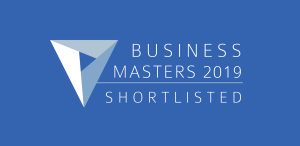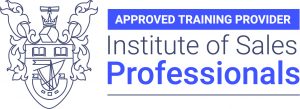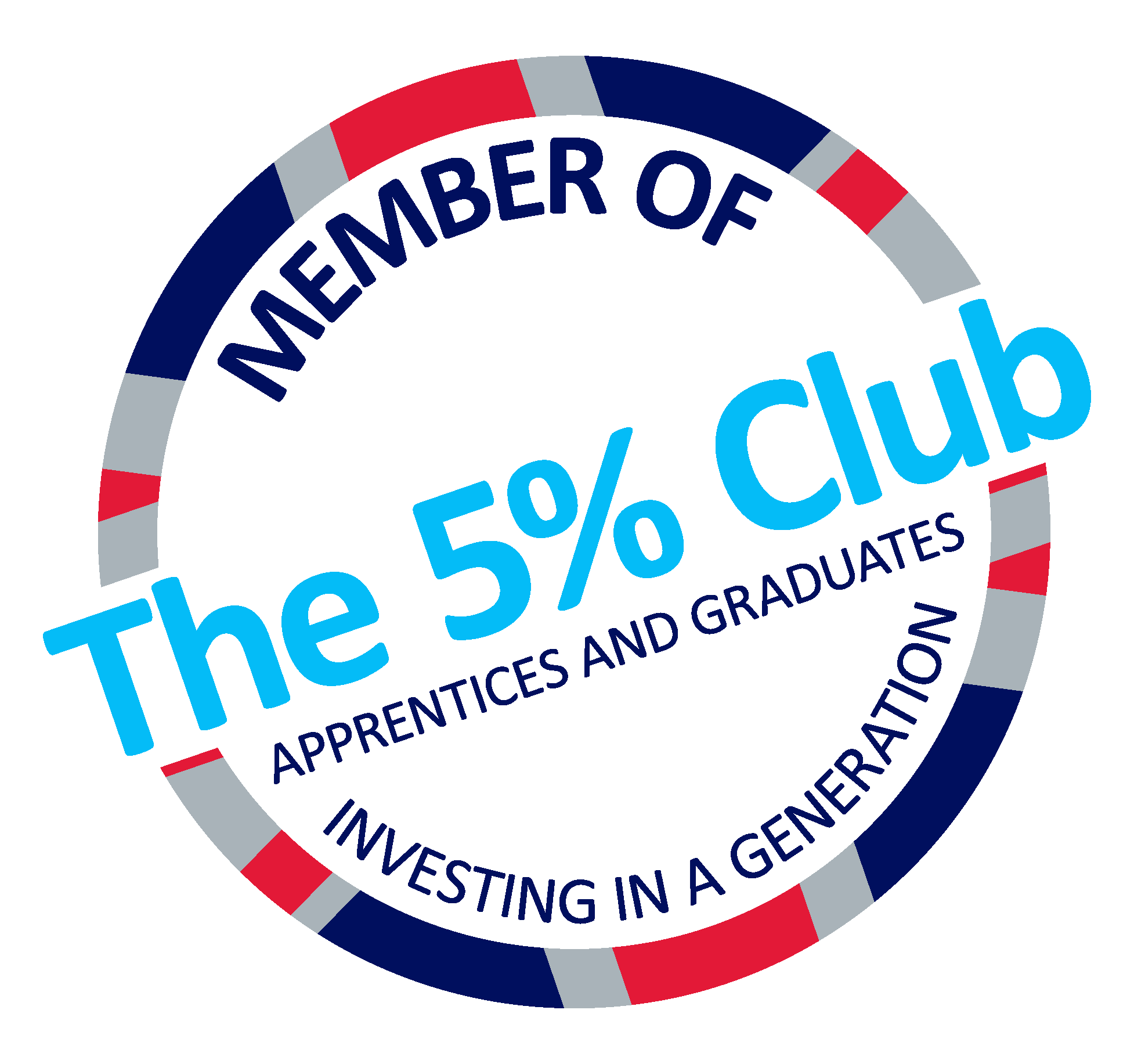For Day 3 of our Women in Business week, we spoke to Kirsty Cocker of Condé Nast. Kirsty was kind enough to share her experiences in media and sales, her industry insights and some spot-on advice for young women.

1. You have worked for many interesting companies in your career – how have you got to where you are today? Please could you tell us a bit about your career history?
In many ways, my career started with a large amount of luck – although I suppose everyone says that, don’t they? When you leave university, there are always a lot of difficult decisions about which way to go, and I didn’t have a burning passion for media over another industry. I was put forward for an interview with Hello magazine, and the recruiters really made all the difference by helping me to prepare for the interview. It was a great first role with a big media organisation, and I was very well-trained and supported. The sales team there benefited from great resources and clear strategic thinking which allowed us to achieve success.
I was always ambitious, single-minded, hard-working and keen to progress, so after a couple of years’ experience, I sought advice from the recruiters who had initially placed me. They advised that working on a launch publication would be a great experience which would allow me to really get my hands dirty and progress my career. I joined the BBC working on Olive magazine, which was only a mock up at that point, and was part of the team taking it to clients and selling it in right from the start. This experience was demanding and difficult, but also incredibly exciting and rewarding.
Through doing a lot of research and gaining experience and knowledge of the industry, I realised that Condé Nast was the publishing house I really wanted to work for. They produce market-leading magazine synonymous with luxury, heritage and success, and I believed in their products. I began writing letters with my CV, asking to come and meet somebody. It took a few months, but eventually somebody left, and because I was at the front of their mind thanks to my previous contact with the company, I was invited for an interview. I worked for the company for over four years, before leaving to gain experience at Harper’s Bazaar and The Economist.
I returned to Condé Nast as Director of Promotions and Associate Publisher at Brides magazine, and I absolutely love it. It is a commercial sales role with a creative element. As well as running print campaigns, we can also provide expertise to create campaigns for clients and then disseminate them across our channels. The responsibilities of my role really show how the media marketplace is changing quite dramatically – even in the last two years there have been acute changes in both audiences and methods. The digital marketing mix, for example, now plays a huge role in advertising. The split between print and digital media is shifting, with many of It has propelled us into changing our business; we provide interesting, cross-platform solutions, because, in order to survive in the advertising sales market, you need to offer more creative, cross-platform selling. Social media and live events are also an enormous part of what we do. For example, our annual event, Brides the Show, attracts 6 – 7000 readers over a three-day weekend.
2. CEB data shows that, globally, women represent 4 of 10 entry level sales employees, but only 3 in 10 first- and mid-level management roles and 2 in 10 department head or general manager type roles – why do you think this is?
Honestly, these statistics do not really apply to my personal experience, as I have had the good fortune to work in a rare, predominantly female industry – that of glossy magazines. I think media in general actually has a good proportion of women, it isn’t a ‘male-dominated’ industry like many others.
I love working with a team of brilliant women – my boss is a woman, my editor is a woman, and I find it hugely beneficial working in this environment which offers such flexibility and support. I think women are more open to flexible working because they have seen the benefits first-hand. I feel incredibly fortunate to work where I do.
3. Tell us about an influential female mentor you have had during your career.
Some of the best advice I have ever received has come from recruitment agents. I worked with one woman in particular throughout various changes in my career. She placed me twice, and she invested in me and supported me. I feel I have to credit her with some of my success. We had a mutually beneficial relationship with a strong element of trust – over the years we have kept in touch, and I have felt able to support her in return by putting good candidates her way.
4. What advice would you give to a young woman starting a career today?
Aim high – decide what interests you and where you want to do it and make it happen. The best way to do this is to ask yourself ‘where would I be proud to work?’ and go from there. And, of course, you need to believe in yourself.
Don’t be afraid to put yourself out there and make applications where you might have been told it’s impossible or there aren’t any jobs going. If you create relationship with company and put yourself at the front of their mind, when the doors do open you’re ready to take the opportunities.
5. Who is your heroine/female role model and why?
My female role model is Estee Lauder, an American business women who turned her passion for beauty into one of the world’s most successful cosmetics companies. She was a self-made women who continually innovated; she was a master of marketing strategies and her legacy lives on today.
6. How does your company approach diversity?
The company I work for, Conde Nast, approaches diversity with an open mind. This can be epitomised by the recent appointment of Vanessa Kingori as Publisher of GQ magazine. Not only is she a woman in charge of a men’s magazine, she also has beautiful black skin.
Written by Florence Sturt-Hammond












